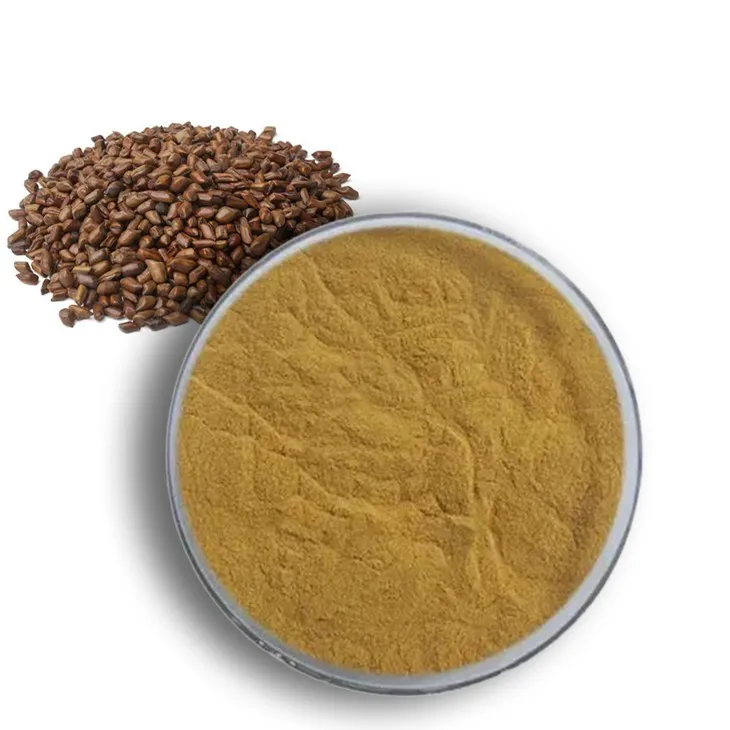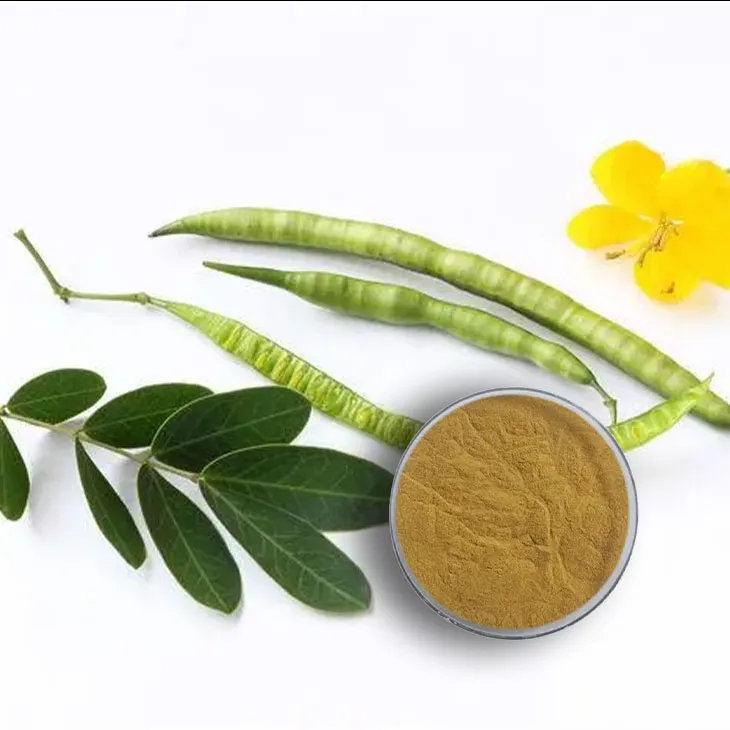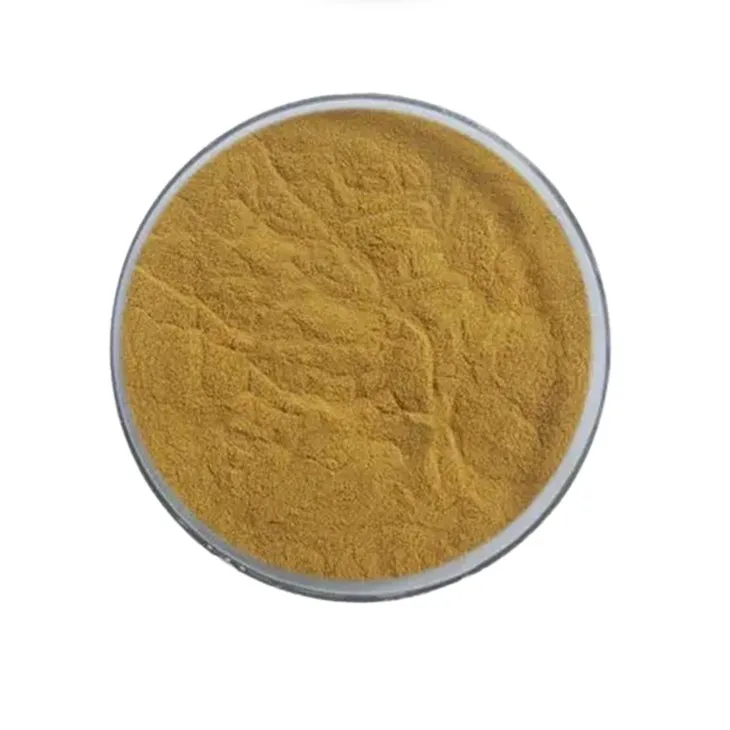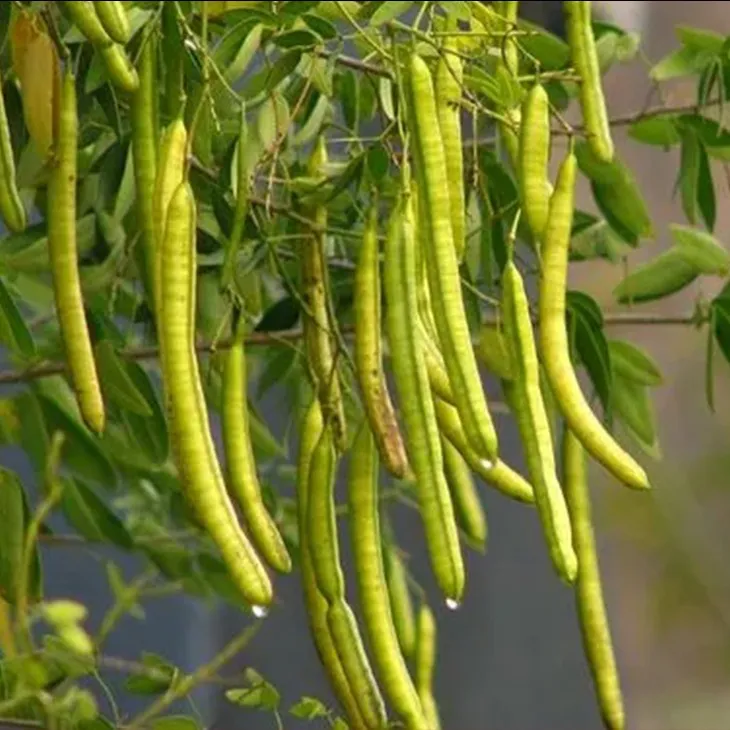- 0086-571-85302990
- sales@greenskybio.com
Chinese Cassia Seed Extract Factories.
2024-11-29

Introduction to Cassia Seeds
Cassia seeds, a traditional Chinese medicinal material, have been widely used for their various health - promoting properties. They are rich in bioactive compounds that make them valuable in different industries.

Technological Approaches in Cassia Seed Extraction
Supercritical Fluid Extraction
In China, Cassia Seed Extract factories employ advanced extraction techniques. Supercritical fluid extraction is one of them. It can obtain high - purity extracts with minimal solvent residue, ensuring the quality and safety of the final products. This method utilizes the properties of supercritical fluids, which have the characteristics of both liquids and gases. For example, carbon dioxide in a supercritical state can penetrate the cassia seeds effectively and selectively dissolve the target compounds.
Solvent Extraction
Solvent extraction is a more traditional yet effective method. It can be optimized to extract different active ingredients. Different solvents can be chosen based on the solubility of the target compounds in cassia seeds. However, compared to supercritical fluid extraction, solvent extraction may leave more solvent residues if not properly controlled. Factories need to use appropriate purification steps to remove these residues and ensure product quality.
Quality Control in Cassia Seed Extract Factories
Chinese cassia seed extract factories adhere to strict national and international standards.
- Raw Material Inspections: They conduct rigorous raw material inspections to ensure that only high - quality cassia seeds are used. This includes checking for factors such as the origin, purity, and absence of contaminants in the cassia seeds.
- Process Parameter Monitoring: During the extraction process, parameters like temperature, pressure, and extraction time are carefully monitored. For example, in supercritical fluid extraction, precise control of temperature and pressure is crucial to achieving optimal extraction efficiency and product quality. Any deviation in these parameters may lead to changes in the composition of the extract.
- Comprehensive Quality Tests: After extraction, comprehensive quality tests are carried out. These include tests for the content of active ingredients, heavy metal content, and microbial limits. For instance, in the pharmaceutical application of cassia seed extracts, strict limits are set for heavy metal content to ensure the safety of the drugs.

Applications of Cassia Seed Extracts
Pharmaceutical Field
In the pharmaceutical field, cassia seed extracts are used in the development of drugs for treating various diseases.- Eye Diseases: Cassia seed extracts have properties that can be beneficial for eye health. They may be used in the treatment of conditions such as glaucoma and dry eyes.
- Constipation: The extracts can also have a laxative effect, which is useful for treating constipation.
- Hypertension: Some components in cassia seed extracts may help in regulating blood pressure, making them potentially useful in the treatment of hypertension.
Cosmetics Industry
In the cosmetics industry, cassia seed extracts are added to products for their antioxidant and anti - inflammatory properties.- Antioxidant Properties: The antioxidants in cassia seed extracts can help protect the skin from damage caused by free radicals. Free radicals are unstable molecules that can cause oxidative stress in the skin, leading to premature aging, wrinkles, and other skin problems.
- Anti - inflammatory Properties: The anti - inflammatory properties of the extracts can soothe irritated skin and reduce redness. This makes them suitable for use in products for sensitive skin or for treating skin conditions such as acne and eczema.
Food and Beverage Industry
In the food and beverage industry, cassia seed extracts are used as natural additives.- Enhancing Functionality: They can enhance the functionality of products. For example, they may be added to functional drinks to provide certain health benefits.
- Flavor and Aroma: Cassia seed extracts can also contribute to the flavor and aroma of food and beverage products, adding a unique taste.

Challenges Faced by Chinese Cassia Seed Extract Factories
Competition from International Markets
One of the main challenges is the competition from international markets.- Cost Disparities: Some foreign companies may have lower production costs due to different regulatory environments or cheaper raw materials. For example, in some countries, environmental regulations may be less strict, allowing for lower - cost production methods. Also, access to cheaper raw materials in certain regions can give foreign competitors an edge in price.
- Market Penetration: Foreign companies may also have established strong market penetration in some regions, making it difficult for Chinese factories to expand their market share.
Environmental Regulations
Another challenge is the need to meet increasingly strict environmental regulations.- Waste and Emissions: The extraction process may generate some waste and emissions. For example, solvent extraction may produce waste solvents that need to be properly disposed of. Factories need to invest in environmental protection facilities and technologies to ensure sustainable development.
- Sustainable Practices: Adopting sustainable practices not only helps in meeting environmental regulations but also in enhancing the long - term viability of the factories. This includes reducing energy consumption, using renewable resources, and minimizing waste generation.
Conclusion
China's cassia seed extract factories are an important part of the global health - care and related industries. Through continuous improvement in technology, quality control, and environmental protection, they are expected to maintain their competitiveness and contribute more to the development of these industries. They need to keep innovating and adapting to the changing market and regulatory landscapes to thrive in the global marketplace.
FAQ:
What are the common extraction techniques used in Chinese Cassia Seed Extract Factories?
Chinese Cassia Seed Extract Factories use advanced extraction techniques. Supercritical fluid extraction is one of them, which can obtain high - purity extracts with minimal solvent residue. Solvent extraction, a more traditional yet effective method, can also be optimized to extract different active ingredients.
How do Chinese Cassia Seed Extract Factories ensure product quality?
They adhere to strict national and international standards. Rigorous raw material inspections are carried out to ensure high - quality cassia seeds are used. During extraction, parameters such as temperature, pressure, and extraction time are carefully monitored. After extraction, comprehensive quality tests including tests for active ingredient content, heavy metal content, and microbial limits are performed.
What are the applications of Cassia seed extracts?
In the pharmaceutical field, they are used in drugs for treating eye diseases, constipation, and hypertension. In the cosmetics industry, they are added to products for antioxidant and anti - inflammatory properties to improve skin health. In the food and beverage industry, they are used as natural additives to enhance product functionality.
What challenges do Chinese Cassia Seed Extract Factories face?
One main challenge is the competition from international markets. Some foreign companies may have lower production costs. Another challenge is meeting increasingly strict environmental regulations as the extraction process may generate waste and emissions.
How can Chinese Cassia Seed Extract Factories maintain their competitiveness?
They can maintain competitiveness by constantly innovating, improving production efficiency, and exploring new markets. Also, by investing in environmental protection facilities and technologies to meet environmental regulations.
Related literature
- Studies on the Bioactive Compounds of Cassia Seeds and Their Extracts"
- "The Extraction Technology and Quality Control of Cassia Seed Extract in Modern Industry"
- "Cassia Seed Extract: Applications and Market Prospects"
- ▶ Hesperidin
- ▶ Citrus Bioflavonoids
- ▶ Plant Extract
- ▶ lycopene
- ▶ Diosmin
- ▶ Grape seed extract
- ▶ Sea buckthorn Juice Powder
- ▶ Fruit Juice Powder
- ▶ Hops Extract
- ▶ Artichoke Extract
- ▶ Mushroom extract
- ▶ Astaxanthin
- ▶ Green Tea Extract
- ▶ Curcumin
- ▶ Horse Chestnut Extract
- ▶ Other Product
- ▶ Boswellia Serrata Extract
- ▶ Resveratrol
- ▶ Marigold Extract
- ▶ Grape Leaf Extract
- ▶ New Product
- ▶ Aminolevulinic acid
- ▶ Cranberry Extract
- ▶ Red Yeast Rice
- ▶ Red Wine Extract
-
Elderberry Extract
2024-11-29
-
Nutmeg Extract
2024-11-29
-
Red Date Extract
2024-11-29
-
Polygonum Cuspidatum Extract
2024-11-29
-
Coconut Water Powder
2024-11-29
-
White mustard seed extract
2024-11-29
-
Chaste Berry Extract
2024-11-29
-
Fenugreek Extract Powder
2024-11-29
-
Mangosteen extract powder
2024-11-29
-
Yohimbine Bark Extract
2024-11-29





















